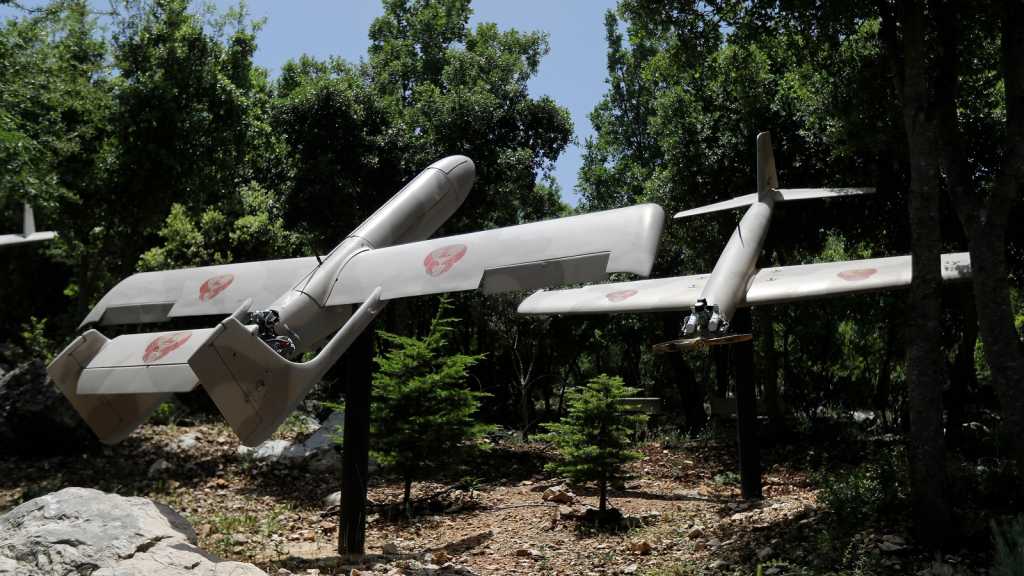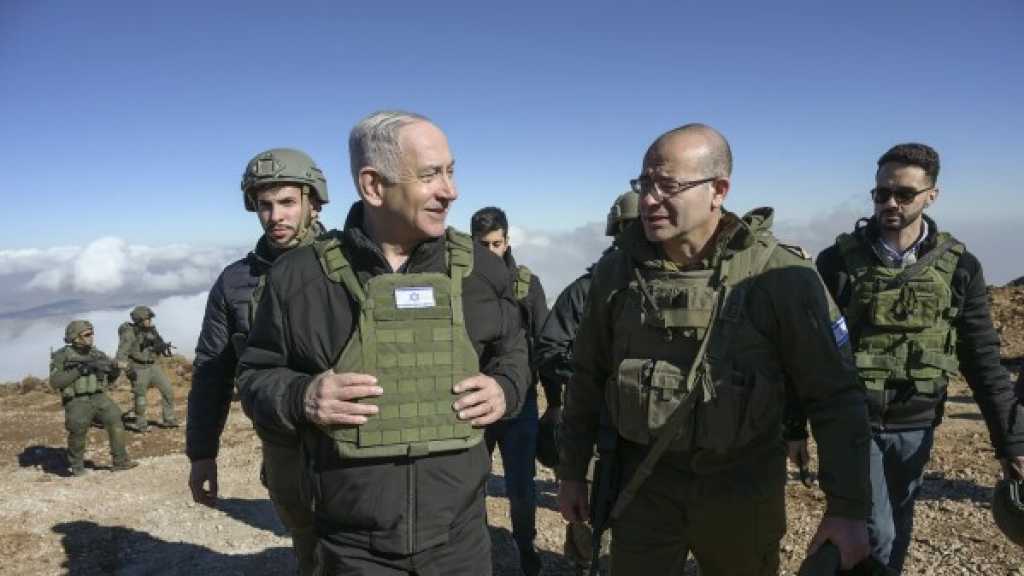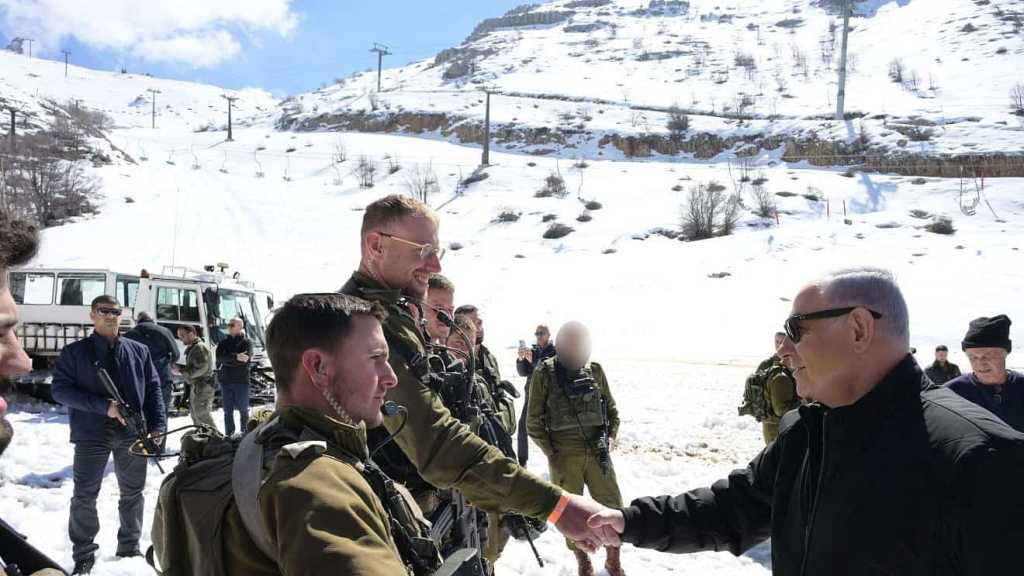Hezbollah’s Military Resilience: A Display of Tactical Sophistication

By Mohammad Hamoud
On Sunday evening, Hezbollah demonstrated that its military capabilities remain intact despite recent setbacks. The group executed a sophisticated drone operation on an "Israeli" Golani Brigade base near "Binyamina", killing four soldiers and injuring over 60. "Israeli" media described this as one of the bloodiest strikes since the conflict began in October. The precision of the strike, which occurred during dinner, showcased Hezbollah’s intelligence-gathering capabilities and tactical proficiency.
The Sayyad 107 Drone: A Technological Leap
The drone used in the operation, reportedly a Sayyad 107 model, was manufactured in Iran and known for its low radar signature and small size, making it difficult to detect. Its 100-kilometer range and ability to change altitude and direction during flight further complicate interception efforts. In this instance, Hezbollah employed a mixed assault, launching rockets and additional drones, effectively overwhelming "Israel's" Iron Dome and other aerial systems. Although one UAV was intercepted, the others managed to evade detection, traveling 40 miles into "Israel" from the border, showing gaps in "Israel’s" military capabilities.
Hezbollah’s Tactical Adaptability
Hezbollah’s increasing sophistication in drone warfare reflects a broader evolution in its military strategy. Over the past year, the group has utilized drones for both reconnaissance and strike missions, frequently bypassing "Israeli" defenses. Equipped with inertial and satellite navigation systems, Hezbollah’s drones can navigate even in GPS-jammed environments, indicating advanced technological support, possibly from Russia or China. This growing expertise demonstrates Hezbollah's ability to adapt to technological countermeasures and continue conducting impactful operations.
Resilience and Intelligence in Action
The "Binyamina" strike not only demonstrated Hezbollah's resilience but also its strategic intelligence. The timing and location of the "Binyamina" strike demonstrate that Hezbollah had gathered substantial intelligence and targeted the base’s dining hall to maximize casualties. While the "Israeli" military has not released any details about the impact site, photos from the scene make it clear the drone hit the base’s dining hall. The Golani Brigade is regarded as an elite "Israeli" infantry unit and has been deployed to southern Lebanon as part of "Israel’s" ground operation there.
Hezbollah’s resilience is particularly striking considering the setbacks it has faced, including the loss of key leaders and disruptions to its command structure. The group’s ability to strike deep into "Israeli" territory indicates that it has retained its strategic balance, Daniel Sobelman, an international security expert at the Hebrew University of "Jerusalem", told CNN. The Sunday’s operation marks a significant victory for the group, not just in terms of the damage inflicted but also in its psychological impact on "Israeli" military personnel and the public.
A Strategic Blow to "Israel"
Hezbollah’s use of drones is part of a larger strategy aimed at exploiting weaknesses in "Israel’s" military systems. In the months leading up to the "Binyamina" operation, Hezbollah had carried out several UAV-based reconnaissance missions, including one over Haifa, a major "Israeli" city. These operations expose vulnerabilities in "Israel’s" aerial systems, which are primarily designed to counter rockets and missiles rather than smaller, more agile drones. Hezbollah has capitalized on these weaknesses, bypassing alert systems and delivering strikes without warning.
Hezbollah's Growing Threat
While Hezbollah continues to fire rockets into the northern "Israeli" entity, its drone capabilities now represent a more lethal and sophisticated threat. The group’s strategy of overwhelming "Israeli" defenses through coordinated UAV and rocket operations indicates a level of operational coordination that "Israel" is struggling to counter.
Despite significant losses, Hezbollah remains capable of sustaining a prolonged military campaign, disrupting daily life in the northern "Israeli" entity and imposing costly military burdens on the "Israeli" military. Hezbollah’s arsenal, which includes Iranian-made drones and potentially Russian or Chinese satellite technology, continues to challenge "Israel’s" military superiority.
Conclusion
Hezbollah's resilience and growing military sophistication illustrate that the group remains a formidable force in the region. Far from being weakened by recent setbacks, Hezbollah has adapted to new challenges and remains capable of inflicting significant damage on "Israeli" forces. The "Binyamina" operation serves as a powerful reminder that Hezbollah, with backing from Iran, can disrupt "Israeli" military operations and maintain its position as a major regional actor. As the conflict continues, Hezbollah’s tactical and technological advancements will remain a critical factor in shaping the trajectory of the war.
Comments




